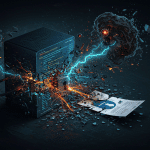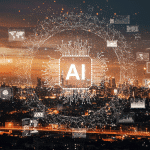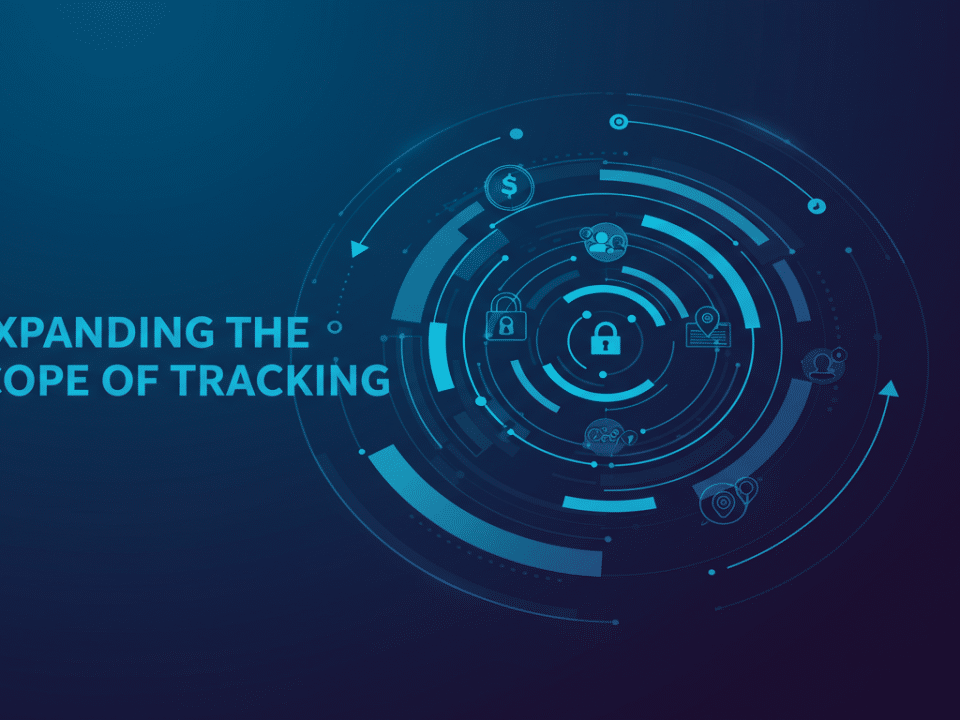
Security Attacks on Password Managers Have Soared: What You Need to Know
February 12, 2025
Three Ways AI Can Be Turned Against Us: Understanding the Risks and Harnessing the Power Responsibly
February 15, 2025Artificial intelligence (AI) is rapidly transforming our world, permeating everything from how we shop to how we diagnose diseases. While the benefits are undeniable, the rise of AI also presents a complex new puzzle for cybersecurity professionals. The very technologies designed to enhance security can also be weaponized, and the increasing reliance on AI in critical systems creates new vulnerabilities we must address. At Krypto IT, we’re dedicated to helping you navigate this evolving landscape. This blog post breaks down the challenges of AI and security, explores its diverse applications, and offers practical steps you can take to protect yourself.
The Expanding Landscape of AI Applications:
AI is no longer a futuristic concept; it’s woven into the fabric of our digital lives. Here are just a few examples:
- Threat Detection and Prevention: AI algorithms can analyze vast datasets to identify patterns and anomalies indicative of cyberattacks, often faster and more accurately than humans. This allows for proactive threat hunting and real-time response.
- Network Security: AI can monitor network traffic, identify malicious activity, and automatically isolate compromised devices, enhancing network resilience.
- Data Loss Prevention (DLP): AI-powered DLP solutions can classify sensitive data and prevent unauthorized access or exfiltration.
- Authentication and Access Control: AI can be used for biometric authentication, behavioral analysis, and risk-based access control, making it harder for unauthorized individuals to gain access to sensitive systems.
- Vulnerability Management: AI can scan systems for vulnerabilities, prioritize remediation efforts, and even predict potential future attacks.
- Customer Service: AI-powered chatbots handle routine inquiries, freeing up human agents to focus on more complex issues. This can also be used for phishing attempts.
The Emerging Security Challenges:
While AI offers powerful security tools, it also introduces a new set of challenges:
- AI-Powered Attacks: Just as AI can be used for defense, it can also be used for offense. Attackers can leverage AI to create more sophisticated and evasive malware, automate phishing campaigns, and even generate convincing deepfakes for social engineering attacks.
- Adversarial Attacks: These attacks are designed to fool AI systems by subtly manipulating input data. For example, an attacker could slightly alter an image in a way that is imperceptible to humans but causes an AI-powered security system to misclassify it, allowing malicious traffic to pass through.
- Data Poisoning: AI systems rely on vast amounts of data for training. If an attacker can inject malicious data into the training set, they can “poison” the AI, causing it to make incorrect decisions.
- Model Theft: Sophisticated AI models can be incredibly valuable. Attackers may attempt to steal these models and use them for their own purposes, potentially even turning them against the original developers.
- Lack of Explainability: Many AI algorithms operate as “black boxes,” making it difficult to understand how they arrive at their decisions. This lack of transparency can make it challenging to identify and correct errors, and it can also raise ethical concerns.
- Bias in AI: AI systems can inherit biases from the data they are trained on. This can lead to discriminatory outcomes, particularly in areas like access control and fraud detection.
- Over-Reliance and Single Point of Failure: Over-dependence on AI-powered security systems can create a single point of failure. If the AI is compromised or malfunctions, the entire security infrastructure could be vulnerable.
Protecting Yourself in the Age of AI:
Navigating this complex landscape requires a multi-layered approach. Here are some essential steps:
- Embrace a Defense-in-Depth Strategy: Don’t rely solely on AI-powered solutions. Combine AI with traditional security measures like firewalls, intrusion detection systems, and regular security audits.
- Prioritize Data Quality: Ensure that the data used to train AI systems is clean, accurate, and unbiased. Implement data validation and quality control measures.
- Monitor AI Systems for Anomalies: Continuously monitor the performance of AI-powered security systems for any signs of anomalies or unexpected behavior. This could indicate an adversarial attack or data poisoning.
- Implement Robust Access Controls: Restrict access to sensitive data and systems, even for authorized users. Use multi-factor authentication and role-based access control.
- Stay Informed and Educated: Keep up-to-date on the latest AI security threats and best practices. Invest in training and education for your security team.
- Collaborate and Share Information: Share threat intelligence with other organizations and collaborate on developing solutions to AI security challenges.
- Regularly Test and Evaluate: Conduct regular penetration testing and vulnerability assessments to identify weaknesses in your AI systems and other security infrastructure.
The intersection of AI and security is a dynamic and evolving field. Staying ahead of the curve requires constant vigilance, adaptation, and a proactive approach.
At Krypto IT, we understand the complexities of AI security. We can help you assess your current security posture, identify potential vulnerabilities, and implement effective strategies to protect your organization from AI-powered threats. Contact us today for a free consultation and let us help you navigate this new puzzle.
#AI #Cybersecurity #AISecurity #ArtificialIntelligence #ThreatDetection #DataSecurity #InfoSec #CyberAttack #KryptoIT #SecuritySolutions #FreeConsultation #DataProtection #MachineLearning #DeepLearning




